As the days get longer and warmer, many of us are thinking about sprucing up our yards and gardens for spring. From adding colorful flowers to choosing new accessories, there are so many ways to make your garden look beautiful this season. Whether you’re a beginner or an experienced gardener, here are some great ideas to help you create a stunning outdoor space that will be the envy of your neighbors!
Early Spring
For those of us living in colder climates, early spring is a great time to start planning for the summer. Put some thought into how you want your garden to look over the course of the season. This might include deciding what plants and flowers you want to add, as well as selecting furniture or other decorative accessories that can be used to create the look you’re going for.
Clean The Flowerbeds
One of the essential aspects of spring garden preparation is to clean the flowerbeds.
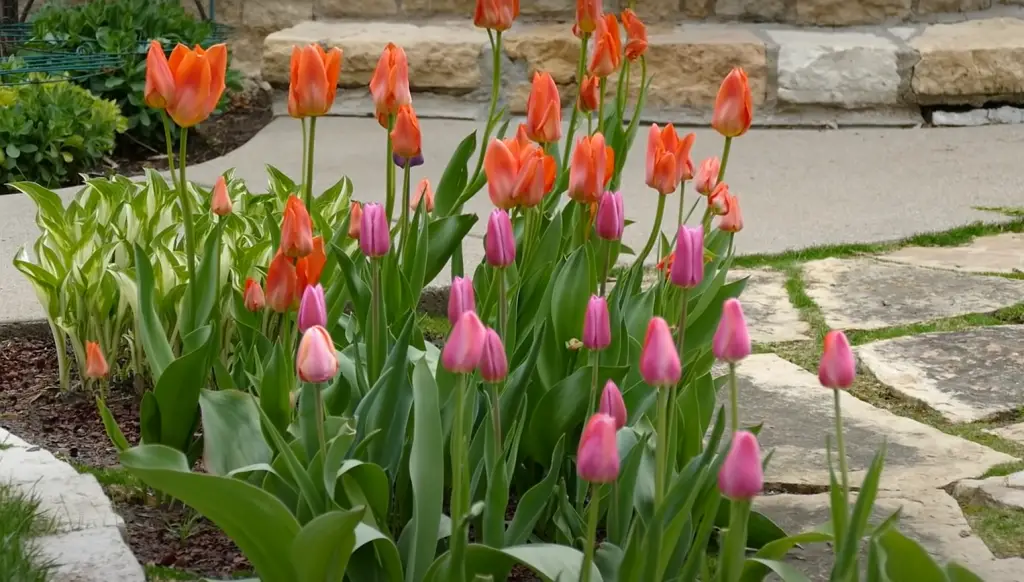
Get rid of any overgrown shrubs, weeds, and other debris that have accumulated during the winter months. Once you’ve cleared away any excess foliage, turn your attention to prepping up the soil for planting season. Refresh your beds with a layer of fresh soil and fertilizer to help your plants grow healthy and strong.
Divide Your Perennials
Perennials are a great way to add color and texture to your garden. However, if left unchecked, they can quickly take over the space you’ve created for them. To ensure that your perennials don’t get out of hand, divide them every two to three years. This will help keep their size manageable as well as encourage more blooms. To divide perennials, simply dig around the clump and pull it apart with your hands or a trowel. Replant each divided portion in a new spot and enjoy the colorful results! [1]
Add Fresh Mulch Around Perennials
Adding fresh mulch around perennials can help protect the plants from extreme temperatures, reduce water loss and prevent weeds. It also adds texture and a pop of color to your garden beds. Choose a mulch that is organic or biodegradable for best results. Be sure to pull away any existing dead material before applying the new mulch, as well as removing any weeds. Spread the mulch evenly around the base of your plants, keeping it about two to three inches away from stems and trunks. This will help promote air circulation and prevent diseases. After applying the mulch, water thoroughly to help settle it into place.
Prune Trees And Shrubs
Trees and shrubs can become unruly if left unchecked.
Start by removing any dead diseased or damaged branches. Then focus on trimming back overgrown shoots to a desirable shape. For flowering shrubs and trees, prune after the flowers have bloomed for best effect. Finally, mulch around their roots to protect them from weeds and maintain even moisture levels.Perform Basic Maintenance On Your Hardscaping
Hardscaping is an important part of any garden, but it’s often overlooked. When spring arrives, take some time to make sure your hardscaping looks its best. Pressure wash walkways and patios to remove dirt and debris. Check the condition of outdoor furniture and replace any broken or worn items.

Perform routine maintenance on any fountains or water features you have. Doing so will improve the look of your garden and ensure it’s ready for outdoor entertaining in the warmer months.
Plant Vegetables
One of the best ways to make your spring garden stand out is by planting vegetables. Whether you’re starting from scratch or adding to an existing vegetable patch, there are many options for growing delicious produce that will feed your family and friends. Planting cool-weather crops like peas and lettuce in early spring can help you get a jump start on the growing season and enjoy a harvest before summer. If you have more time, consider planting vegetables like cucumbers, corn, or tomatoes that will provide an abundance of fresh produce throughout the season. [2]
Midspring
Mindspring is the perfect time to start planning your garden. With warmer temperatures and longer days, you can start thinking about all the ideas you want to implement in your garden. Here are a few mid spring ideas that could help get your creative juices flowing:
Clean Bird Feeders
Cleaning bird feeders and baths is an important part of spring garden maintenance. Removing old seed, cleaning surfaces, and replacing water can help keep your birds healthy and deter pests from entering the area.
Make Notes As You Watch The Spring Show
When the flowers start to bloom, it’s a great time to check out your local flower show or garden center. Take notes while you watch what other people have done in their gardens and see if there are any ideas that jump out at you. This can be especially helpful if you’re looking for a particular color scheme — or just inspiration in general. You can also look into different types of plants, as well as learn about the best way to care for them and maintain your garden all spring long.
Plant New Perennials And Cold-Hardy Annuals
Planting new varieties of perennials and cold-hardy annuals is a great way to give your garden an updated look for spring. Perennials are plants that last more than two years, while cold-hardy annuals will survive the winter months and bloom in the springtime.
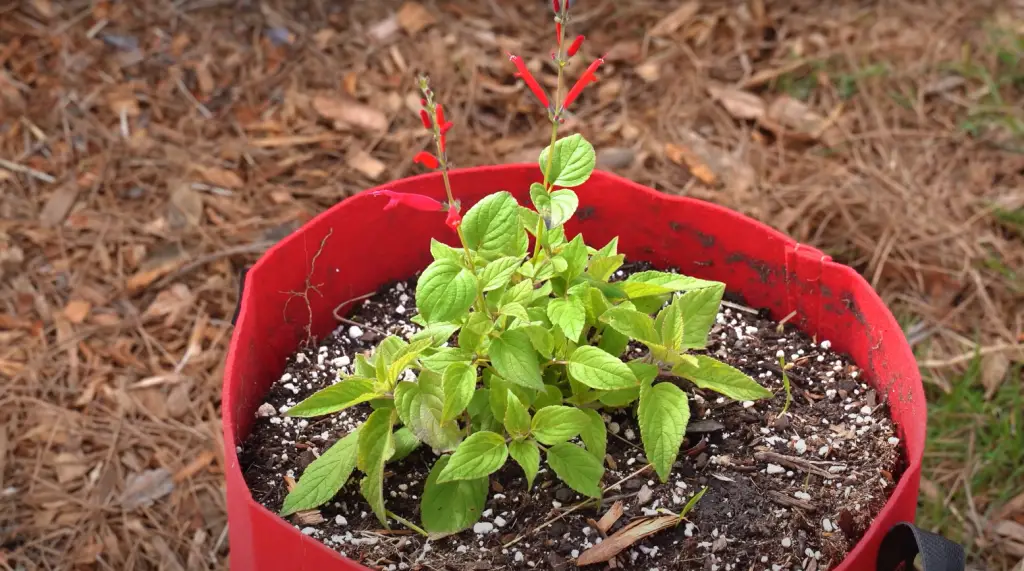
Consider some native wildflowers or even some colorful bulbs like tulips or daffodils to add a beautiful pop of color. Get creative and mix and match different types of blooms to create a unique spring garden. You can also use hardscaping materials, like decorative stones or patio pavers, to make your garden look more polished. And don’t forget the herbs — they are a great addition to any garden and can be used in a variety of dishes.
Add New Trees And Shrubs
Adding new trees and shrubs to your garden can instantly enhance the look of your outdoor space. Not only will it provide natural beauty and texture, but it will also provide additional shade and privacy for you to enjoy. When selecting a tree or shrub, consider how much sun and water it needs, as well as its size when fully grown. Be sure to pick a species that will thrive in your particular climate and soil type. Once the tree or shrub is planted, give it a few weeks to adjust before pruning any branches or leaves. You’ll then be able to admire its beauty for years to come!
Apply Fresh Mulch
Mulching your garden in the spring is a great way to keep weeds and pests away, while adding some extra color and texture. For best results, choose a fine-textured mulch that allows water to pass through it easily.
Additionally, the mulch can help control erosion by keeping your soil in place and preventing weeds from sprouting.[3]Late Spring
For the gardener looking to spruce up their garden in late spring, there are a variety of ideas available. Planting late-blooming flowers is one of the easiest ways to brighten up a garden in the later months. Popular varieties include marigolds, dahlias, chrysanthemums, and asters. Adding some color to the garden by planting colorful annuals, such as impatiens or petunias, is another possibility.
Deadhead Flowering Bulbs
Deadheading flowers is an important part of caring for any garden. Deadheading bulbs such as tulips, daffodils and hyacinths can help them to rebloom year after year and help to keep the plants healthy. To deadhead flowering bulbs in the spring, start by removing any faded blooms or leaves.
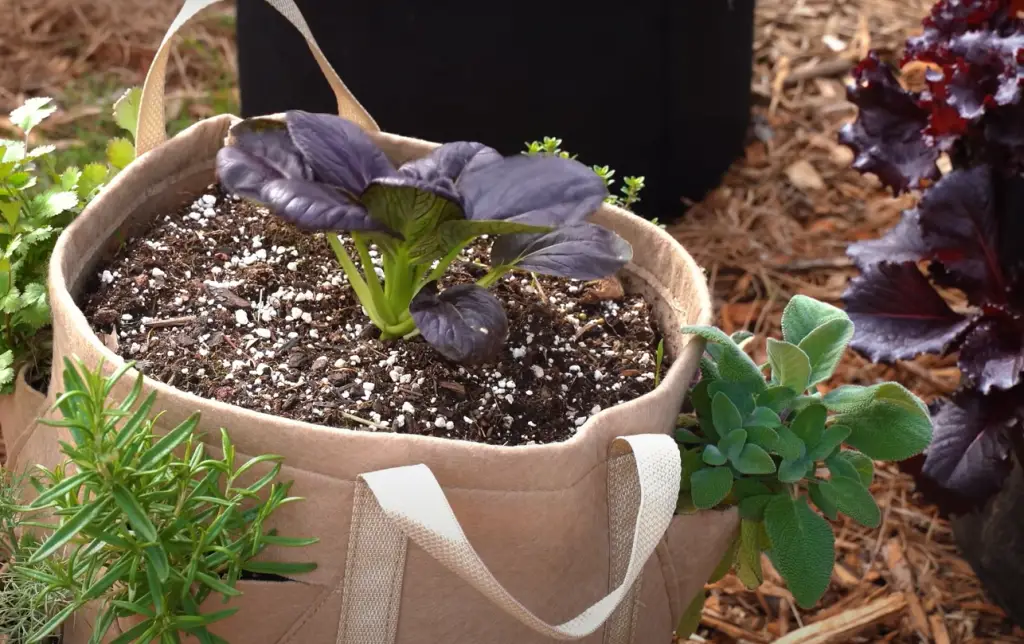
If the leaves have already started to dry out and turn yellow, they should be immediately removed. Once the faded blooms are removed, gently trim off any remaining seed heads or stalks on the bulb plants. This helps to prevent additional energy from being spent on seeds that won’t produce a viable plant.
Shop For Summer Annuals
Summer annuals can be an easy, affordable way to add a pop of color to your garden. Marigolds, cosmos, petunias and zinnias are all classic summer favorites that bloom well in warm weather. Planting them in containers or along the edges of your garden beds can create a vibrant display for months on end. For a more unique look, try planting a combination of different flowers together in clusters to create an eye-catching design. Be sure to choose varieties that are suited to your area’s climate and soil type so they can thrive all season long.
Start Warm-Season Vegetables
Once the danger of frost has passed, you can start planting warm-season vegetables such as tomatoes, peppers, squash and eggplant.
Planting your warm-season veggies in pots or containers makes it easier to move them indoors if a late frost threatens.Plant Summer-Blooming Bulbs
Planting summer-blooming bulbs, such as lilies and dahlias, in the spring is a great way to add color and interest to your garden. These flowers are easy to form, require minimal maintenance, and provide long-lasting blooms the season. Planting these in the spring will ensure they have plenty of time to establish and be ready for their summer bloom.
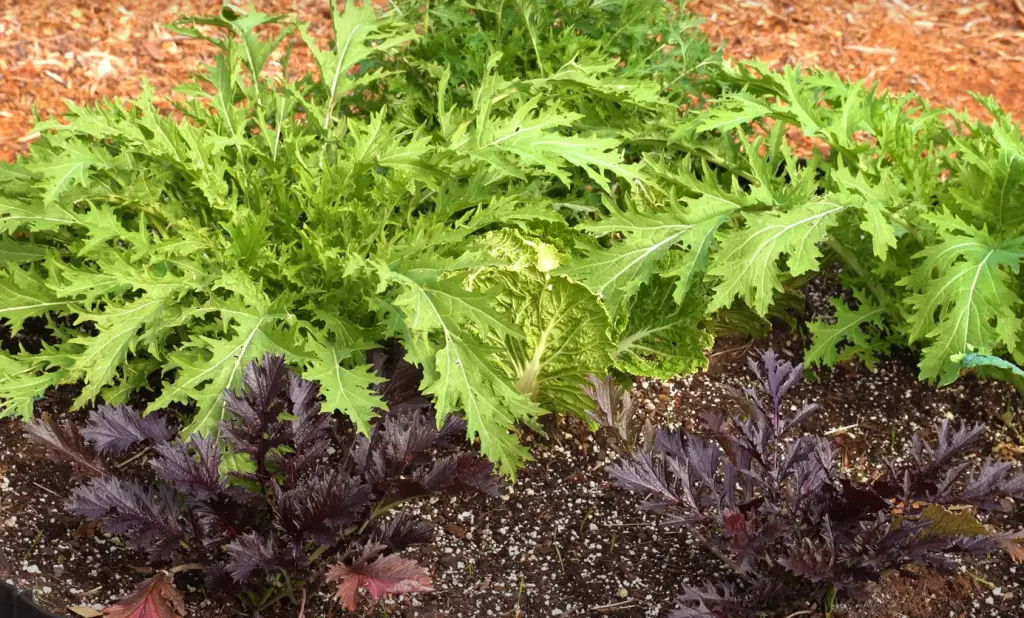
Make sure you select varieties that are suited to your climate and soil conditions, and give them plenty of space to thrive. Once they’re planted all you have to do is enjoy the vibrant blooms in the months ahead! [4]
FAQ
What do you put in the garden in spring?
In the spring, a garden can benefit from planting an array of flowers, vegetables and herbs. Flower choices may include pansies, tulips, daylilies, daffodils and hyacinths. Vegetable options could range from asparagus to tomatoes or peppers to onions. Herbs like chives, oregano and rosemary make a nice addition too.
What plant grows best in spring?
When it comes to planting in the spring, there is an abundance of options available. Some of the most popular plants for spring gardens include pansies, petunias, marigolds, tulips, daffodils and daisies. If you live in a milder climate or have some shade in your garden area then Impatiens, Begonia and Clematis can also perform well in spring. If you have a large sunny area then sun-loving plants like Gladiolus, Lilies and Asters may be better suited. Before deciding what to plant in your garden, it is important to consider soil type, sun exposure and hardiness zone.
How to decorate a garden spring?
Decorating a garden for spring is one of the best ways to enjoy the season. Whether you are looking to add a few touches or completely transform your outdoor space, there are plenty of ideas you can use to get started. Here are some tips on how to decorate your garden for spring:
- Start with an outdoor clean-up. Take advantage of the spring weather and give your garden a good once over with some raking, pruning, and weeding. This will help ensure that your garden is in top condition for the upcoming growing season.
- Add color with flowering plants. From vibrant tulips to delicate pansies, there are plenty of colorful spring flowers that can instantly add beauty to your garden. If you are looking for an easy way to brighten up a dull spot, try planting some bright blooms in containers.
- Create a focal point. Whether it’s a bird bath, wind chime, or trellis, choose something to act as the centerpiece of your garden. This will draw the eye and instantly make your outdoor space look more inviting.
- Utilize water features. There is something so soothing about a small fountain or pond in the garden, and it can attract birds, butterflies, and other wildlife as well. Adding some aquatic plants to your garden can also give it a cool, tranquil vibe.
- Utilize outdoor lighting. String lights, solar lamps, and tiki torches can all help to create an inviting atmosphere in your garden. Not only will it look beautiful at night, but you’ll be able to enjoy your outdoor space long after the sun has gone down.
- Make use of vertical space. Forget to look up – hanging baskets, trellises, and pergolas can all be used to create interesting visual elements in your garden.
What are the colors for spring gardens?
When deciding on colors for a spring garden, it is important to consider the season. In general, spring gardens tend to be filled with bright and vibrant colors that evoke feelings of new beginnings and freshness. Commonly used colors include shades of pink, yellow, purple, blue and green. Hues such as soft pinks help create a romantic atmosphere and soft purples can provide a sense of tranquility. Bright yellows and oranges add a cheerful touch, while blues and greens bring in a tranquil energy. Depending on the garden’s size, you can use various combinations or repeat single colors for an interesting effect. Adding white accents in between will help to restore balance to a space. Don’t be afraid to try out different color combinations and styles until you find the right look for your garden. In addition to colors, plants are also important elements in a spring garden. Plants with blooms such as daffodils and tulips will add bursts of color throughout the season while evergreens provide steady background tones. Consider adding other spring-blooming plants such as pansies and violas, annuals like petunias and snapdragons, or perennials like daylilies and hostas to complete the look of your garden.
How do you make a spring garden?
Creating a spring garden is an enjoyable way to add beauty and color to your outdoor space. The best part about creating a spring garden is that there are countless creative possibilities to choose from! The first step in creating a beautiful spring garden is deciding on the type of plants you would like to use. Some popular choices for spring gardens are daffodils, tulips, and pansies.
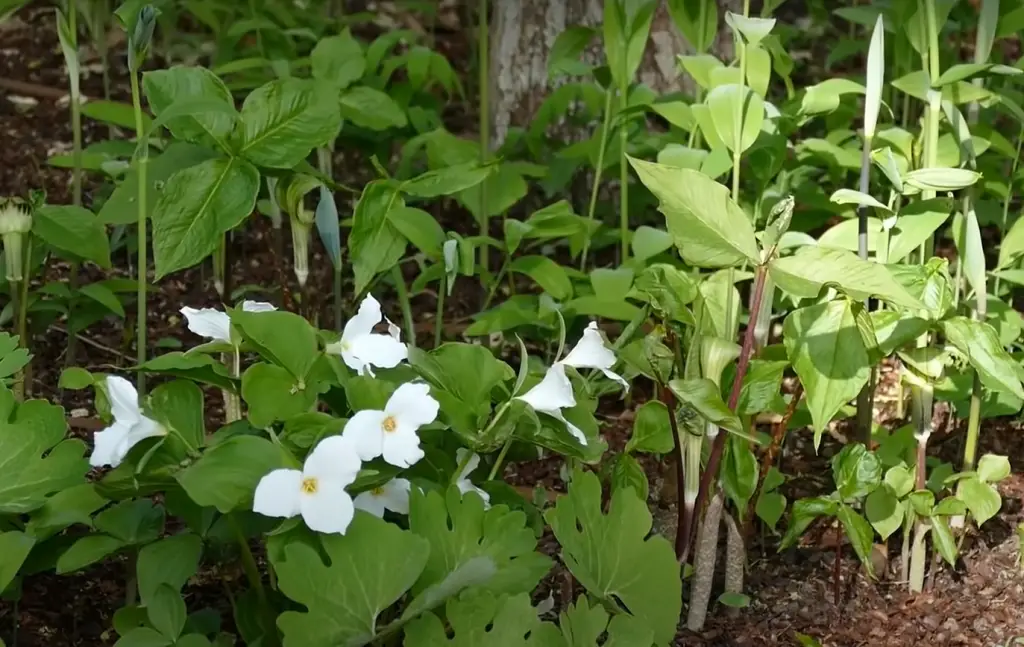
You can also consider other options such as roses, sunflowers, and hyacinths. Depending on the climate in your area, you may even be able to enjoy a wide variety of exotic plants like orchids and lilies. Once you have chosen the plants you would like, it is time to plan where they will go. When planning your garden layout, consider the amount of sunlight each area receives and how much room the flowers need to spread out. If possible, it is best to group similar plants together for more efficient watering and fertilizing. Consider adding a few interesting features to make your garden stand out. A water feature or birdbath can add an extra special touch, while stepping stones and pathways provide a nice way to walk through the garden. If you have more space available, adding a bench, trellis, or arbor can also create a unique atmosphere for your guests. Finally, don’t forget to add some finishing touches.
Is spring the best time to garden?
Spring is a great time to garden! With warmer days and longer hours of sunshine, it’s the perfect time to get your garden looking its best. Not only does gardening in spring provide you with more available sunlight, but also the soil is softer and easier to work with. Springtime weather also provides ideal temperatures for many flowers and plants to thrive. And, with the additional rainfall during spring months, it’s a great time to promote healthy growth in your garden. With all of these ideal conditions in place, spring is an excellent time to start or maintain your garden and begin adding new plants to liven up your space. There are many different types of flowers and plants that do well in the springtime and can add vibrant colors and textures to your garden. From colorful pansies to fragrant roses, you can find a variety of plants suited for any type of garden. You can even find hearty vegetables such as potatoes, tomatoes, and peppers that thrive in the spring months.
What flower represents spring?
The most popular flowers for spring gardens are daffodils, tulips, and hyacinths. These cheerful blooms symbolize renewal, hope, and joy – the perfect sentiment to welcome in the season of growth and new beginnings. Daffodils are particularly notable for their bright yellow hue, often seen as a representation of the sun’s rays shining down on a new season. Tulips are also symbolic of spring, as their vibrant colors add a touch of optimism to any garden. Hyacinths, in shades of purple and blue, bring a sense of luxury to the garden – perfect for those special occasions like Easter or Mother’s Day celebrations!
What flower is most common in spring?
The most common flower in springtime is the tulip. It’s a brightly colored bloom that is often associated with fresh starts, new beginnings, and hope. Tulips come in a variety of colors, shapes and sizes to fit any garden style. They are also an easy plant to grow as long as you provide them with plenty of sunlight and water. Also popular in spring gardens are daffodils, pansies, and daisies – all of which bring a cheerful pop of color to any garden.
Which flower blooms in spring?
Spring is a favorite season for gardeners, and there are many different flowers that bloom during this time of year. Some popular spring blooms include tulips, daffodils, hyacinths, irises, lilacs and pansies. Planting these colorful flowers in your garden can create an eye-catching display that will bring life to your yard. Also, consider adding some annuals such as petunias or impatiens to add more color and texture. To extend the bloom period of your spring garden, plant a combination of early-season, mid-season and late-season flowers that will keep your yard looking great all season long. Other spring blooms include crocuses, primroses, daisies and columbines. These smaller flowers add interesting texture and color to your garden, and they can often be planted in rockeries or along pathways. A great way to get started with spring gardening is to pick a few of these blooms that you love, then combine them for a stunning display!
How do I make my garden classy?
Adding a touch of class to your garden is relatively easy and straightforward. The first step is to create an aesthetically pleasing landscape. This could involve adding trees, shrubs, perennials, and annuals in strategic locations around the yard that compliment each other while also providing just the right amount of color and texture. Additionally, using hardscaping features such as stone paths and walls, or even a water feature, can add an extra layer of sophistication to the area. In addition to the hardscape components, it’s important to incorporate lighting into your design. This could involve path lights, spotlights for trees and shrubs, and even decorative string lights draped around outdoor furniture or a pergola. Finally, accessorizing your space with garden art, furniture, and other decorative elements will help to create a look that is cohesive and luxurious. With these tips in mind, you can easily make your garden look classier than ever before!
Useful Video: 50+ Plants I’m Growing In My Spring Garden 🌱 🌷 🥕
Conclusion
When it comes to creating a beautiful spring garden, the possibilities are endless. From choosing colorful blooms to adding different types of trees and shrubs, there are many creative ways to create a stunning garden that will last for years to come. Whether you’re looking for an elegant and classic look or something more wild and natural, there is sure to be something that fits your style and budget. Consider implementing a combination of different plants, trees, flowers and features to create a unique spring garden that will bring joy for years to come. With careful planning and the right materials, you’ll be able to design a beautiful garden that you can enjoy all season long.
References:
- https://www.gardengatemagazine.com/articles/design-ideas/all/6-ways-to-create-a-beautiful-spring-garden/
- https://www.gardeningetc.com/design/spring-garden-ideas
- https://homebnc.com/best-spring-garden-ideas/
- https://www.homesandgardens.com/gardens/spring-garden-ideas





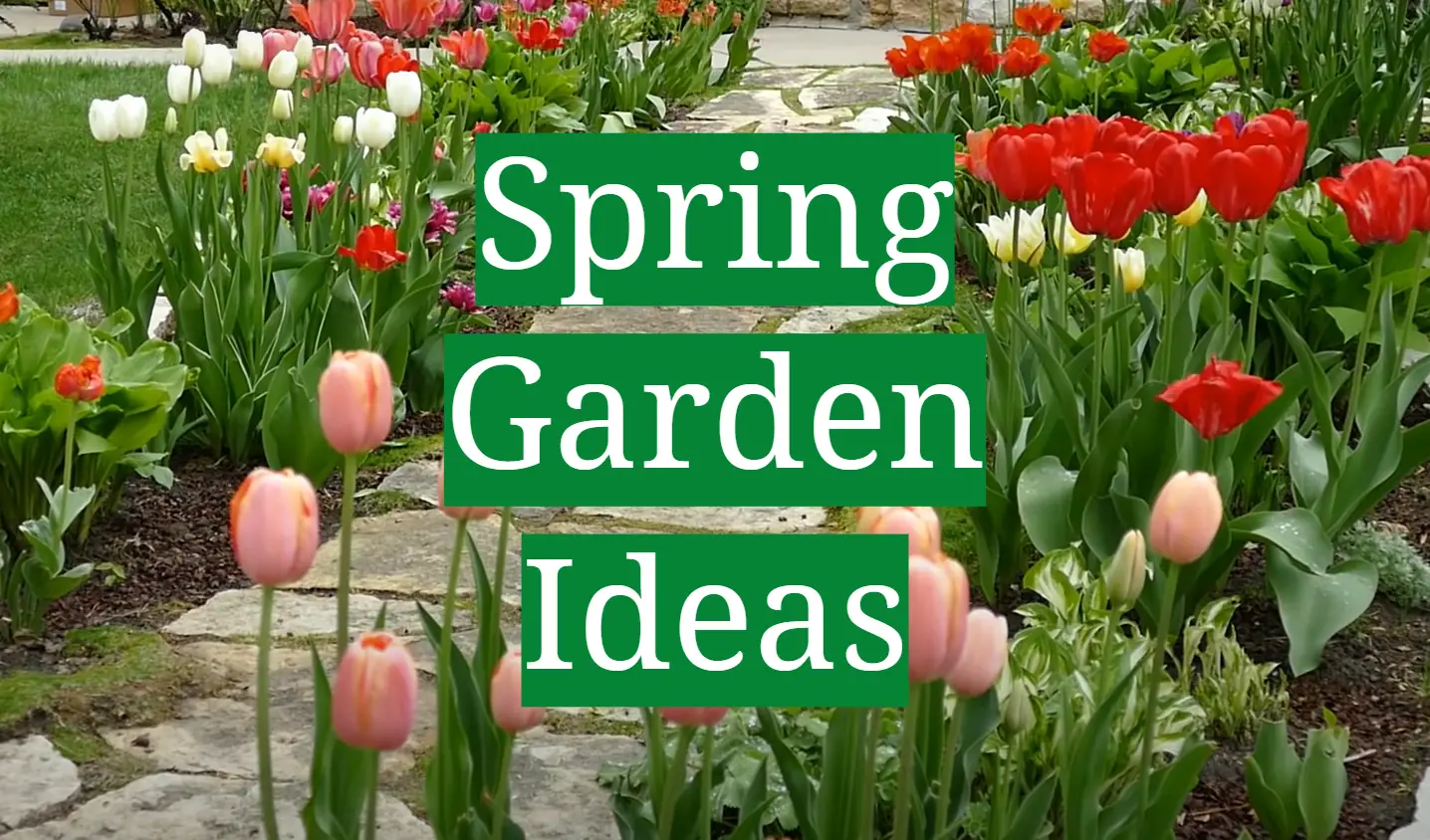




Leave a Reply
View Comments